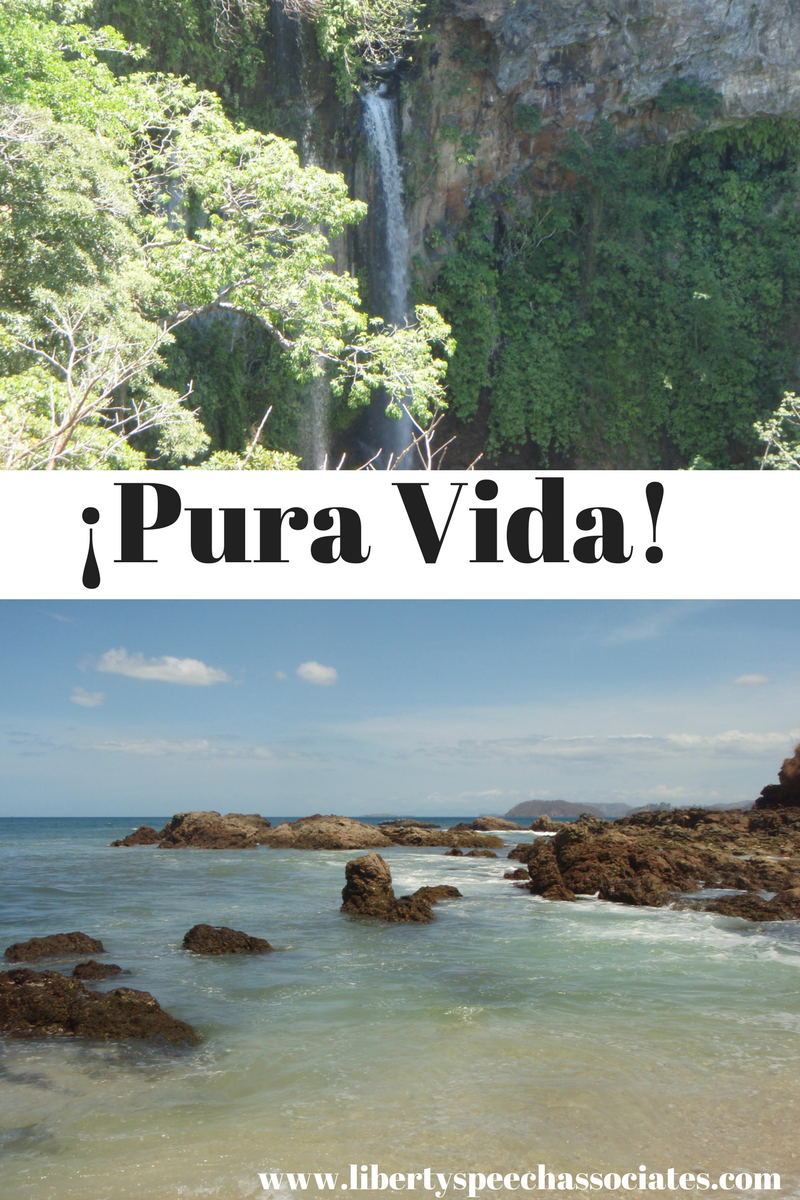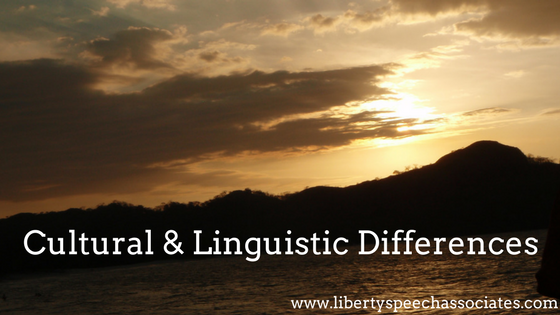I had the pleasure of traveling to Guanacaste, Costa Rica with my husband. In addition to enjoying the warm weather (90+ degrees everyday!) while the northeast was battling Winter Storm “Stella,” I made it my job to learn as much as I could about the cultural and linguistic differences that set Costa Ricans apart from other Spanish-speakers, as well as how they were different from Americans born and raised in the U.S. As a bilingual speech-language pathologist working with many Spanish-speakers and living in a forever-changing world, I find other cultures and languages fascinating to study and embrace.

Here are 5 things I learned while in Costa Rica:
- Costa Ricans refer to themselves as “Ticos.”
- “Usted” (formal version of “you” in Spanish) is the commonly used singular second person subject pronoun rather than “tú” (informal version).
- “Sabanero” is the word for cowboy instead of “caballero” or “vaquero” used by other Spanish speakers.
- “Mucho gusto” or “con gusto” (typically said to mean “nice to meet you” in some Spanish-speaking countries) are frequently used in response to “gracias” to mean “you’re welcome.”
- “Pura Vida,” literally translated to pure life, is the philosophy of Costa Rica and means different things depending on whom you ask (e.g., enjoying time with family, sharing culture and food with others, watching the sunset). They use this phrase in many scenarios to signify happiness or goodness, such as in place of “namaste” at the end of a yoga practice or instead of “bien” when asked how are you.
- Patua is an informal English spoken in parts of the country.
- Costa Rica consists of many immigrants, especially from Colombia and Mexico.
- While Spanish is the native language of Costa Rica, English is the first foreign language taught in school. French and Mandarin are also taught in some schools.
- Cyprus trees are the traditional Christmas tree in Costa Rica. However, artificial trees are becoming more common due to stores like Walmart opening in the area.
- Rice and black beans are a traditional part of a Costa Rican breakfast.
*Disclaimer: The information contained in this blog post is based on a one-week trip to Guanacaste, Costa Rica. It should be not be assumed that all cultural and linguistic differences described in this post relate to all Costa Ricans as several factors, such as socioeconomic status and region, may contribute to culture and language.

